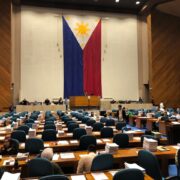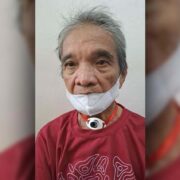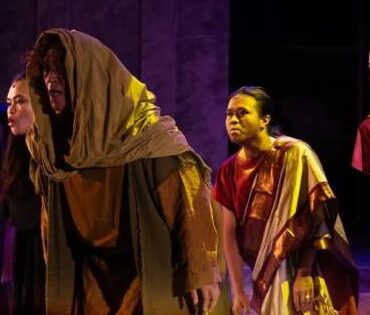Remembering Chardy
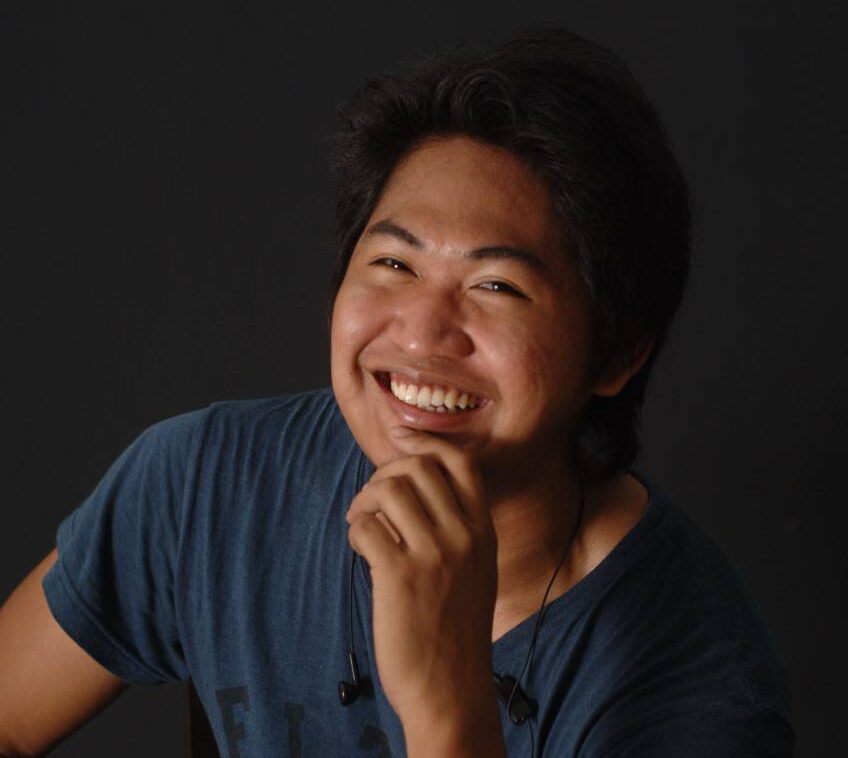
On April 9, Richard A. Reyes left this world much too soon. He was only 34.
Richard, Chardy to those close to him, was an award-winning photojournalist—one of Philippine Daily Inquirer’s (PDI) best—but he was so much more than that.
He was an avid cyclist. A great dancer. A funny, funny guy.
He was a son, a brother, a husband-to-be, a friend. He was deeply loved.
On this page, you’ll read tributes from some people who were lucky to have gotten to know Chardy, little stories from his short but beautiful life.
—————
The eye and the heart for storytelling
Richard, through his body of work, showed that you need the eye and the heart for storytelling to produce images that seize and transport the reader. But what we now remember and appreciate more deeply is what lies outside the frame: a photojournalist who went out every day with a sense of mission, yet with hardly a swagger, but a smile to put you at ease. So that while a day’s coverage may be either dull or competitive, it was the friendships and connections he made that ensured the day was never wasted.
Volt Contreras
—————
‘You weren’t just taking pictures, you were showing us something’
I can’t remember if you applied for the job or just came in as an OJT. What I do remember is saying yes. You had that look—someone hungry, not for the job, but for stories. That’s what I remember most about you: photo stories. You chased them everywhere. And you had this way of turning photos into essays. That was your thing—each set you submitted had a thread, a message. You weren’t just taking pictures; you were showing us something. Teaching us. You worked quietly. Never loud, never seeking attention. But your work always spoke. Always made me stop and look again. Thank you for the stories, Richard.
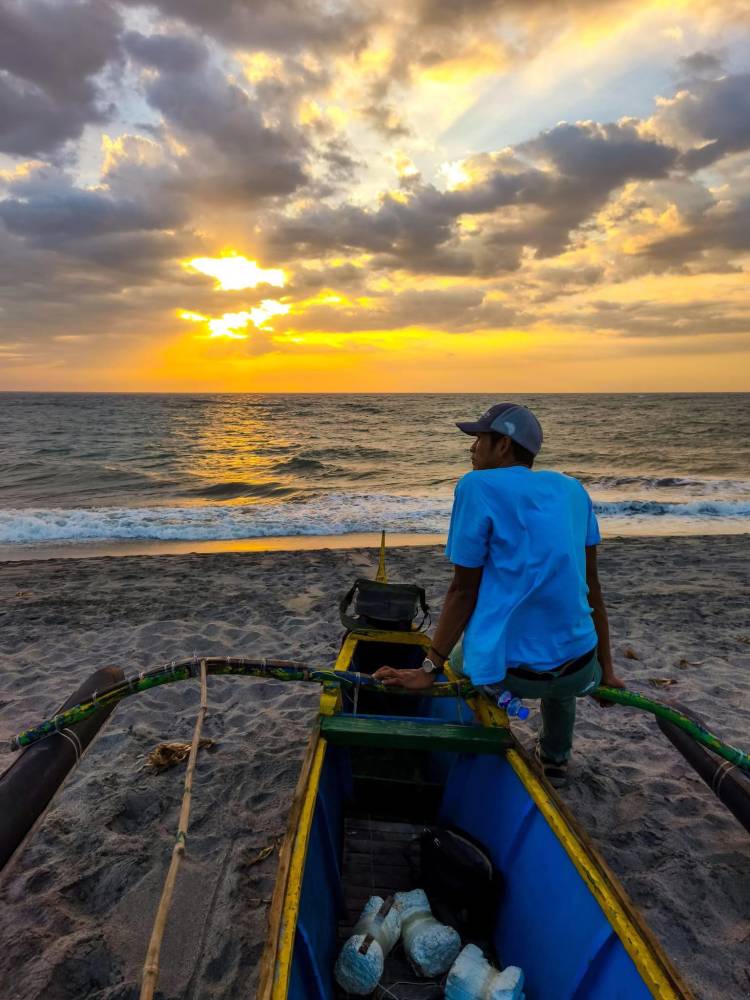
We’ll miss you. I’ll miss you.
Bye, my friend.
Ernie Sarmiento
—————
The best partner an introverted reporter could ask for
Most of us who had the pleasure of working with Chardy would remember him for the photos he left us with. He was a great visual storyteller, and his photos spoke for themselves. Many news stories published in the Inquirer would not have been possible without him.
Chardy and I both worked the same beat—Manila. His shift overlapped with my working hours, and oftentimes, we were given the same assignments. He was quite often my partner, and he was the best one an introverted reporter could ask for. Chardy had no problem walking up to people. He would easily strike up a conversation with a “man on the street” and act as if they were buddies. I desperately wanted to replicate his charm.

When I was a newbie reporter at the Manila Police District (MPD), Chardy gave me a tour—where to find the blotter, the ever-reluctant police investigators, what he deemed the best tapsilog in Manila. When I was struggling to find details, he would gladly help me, even if he himself was chasing deadlines. He would even give me a ride to or from the MPD. He always asked if I had eaten, and because I always skipped breakfast and lunch, he would ask the piloto (driver) if we could stop to get food.
When we were pursuing the same story during the thick of the pandemic, Richard would call me so I could interview a source. I was at home working remotely, while photographers like him were out on the field. He anticipated what I needed for my stories—like an interview with a barangay tanod walking in Sta. Cruz, Manila, dressed as Grim Reaper, on a mission to tell people to stay at home. Chardy alerted me of the situation at the ports, where passengers were stranded and feeling hopeless; he painted for me a picture of the Quezon City crematorium, and even looked for people I could interview; he sourced contact numbers of hospital officials that I would then use for months and eventually pass on to other reporters.
Chardy was my eyes and my ears on the ground. Without him, my reports would have been incomplete, one-sided, and soulless.
Nikka G. Valenzuela
—————
‘Kinupkop ako ni Chardy’
May respeto siya sa hatian ng coverage. (He respected how our coverage was divided.) He was hungry in a good way. He always caught the biggest fish during coverage.
We got even closer after I left PDI. We shared a love for biking. We would also see each other in dire situations—the Taal eruption, COVID, typhoons—with him covering it for news and me on the NGO side.
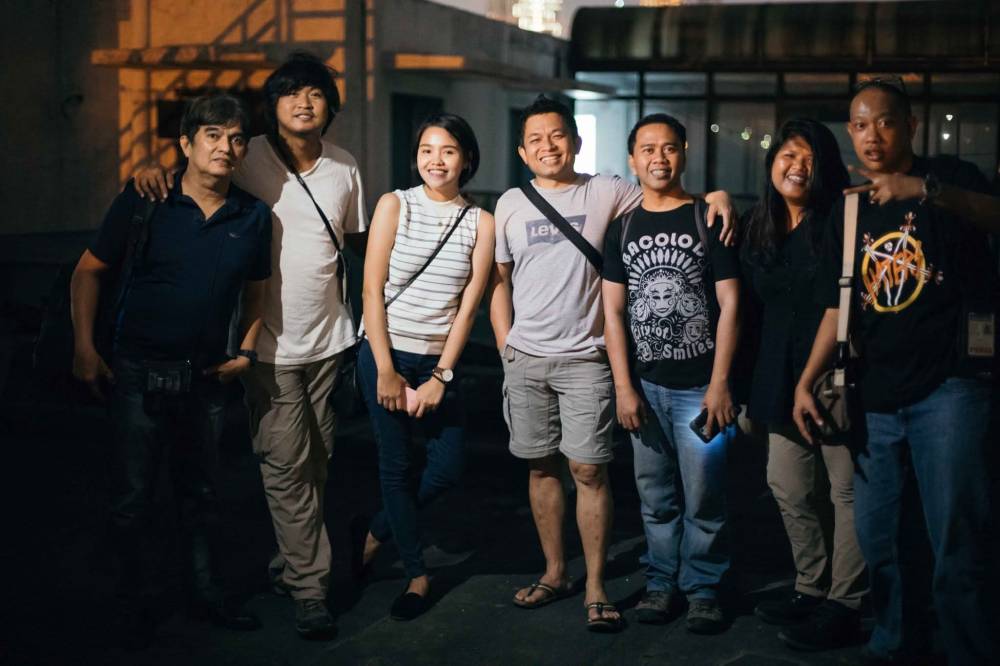
In the aftermath of a landslide in Batangas caused by Typhoon Kristine, we witnessed a young girl being pulled out from the rubble. We both cried at the scene.
The next day, we saw each other again—in Sagada, for Panag Apoy, to find closure in the mountains among the dead.
That was the last time Richard and I got drunk together.
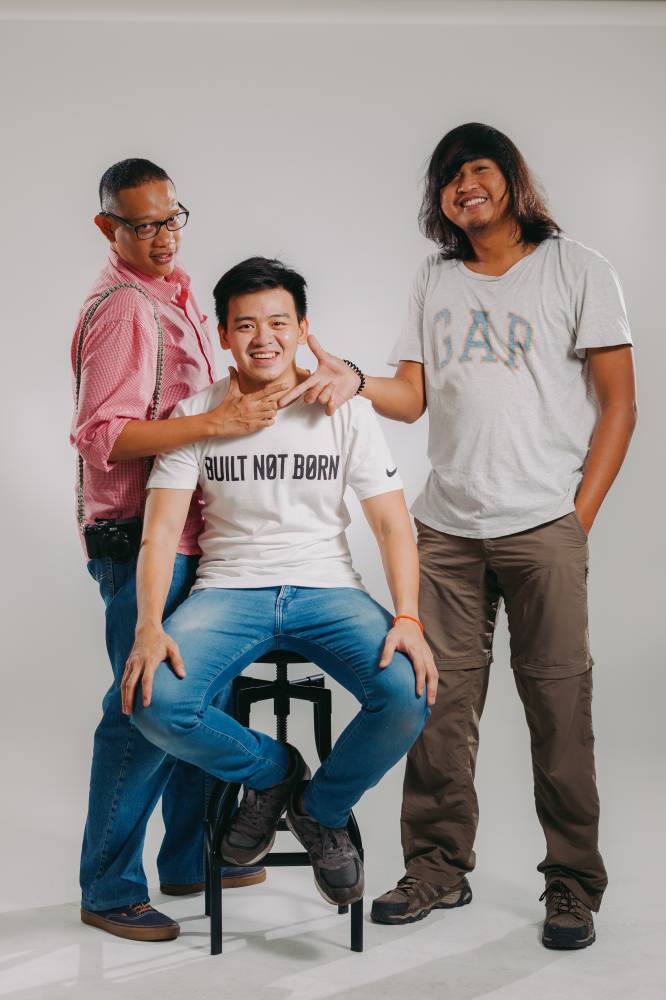
He invited me to go back to Sagada again, next time on our bikes. Traveling from Manila to Sagada on our bikes would have taken days and it would have been an uphill ride—but Richard, who had really become a long-distance cyclist, would have easily done it.
But in the end, his mind was stronger than his body.
He died the day I got married. My wife Alyosha and I were crying at our wedding table, not because we got wed but because we received news that Chardy was gone.
Jilson Tiu
—————
True generosity
I will never forget Richard A. Reyes, especially the moment he won the grand prize at the UP Photo Awards for his poignant image of a patient at UP-PGH (University of the Philippines—Philippine General Hospital) during the height of the COVID crisis. When he realized he would be receiving P100,000, he turned to me and said: “Sir, bigay ko sa COVID patients ‘yung premyo.”
Now, there’s no need to explain what kind of human being he was. Rest in peace, kaputol.
Makirame ku kareng pamilia.
Ruston Banal
—————
Stories in every corner, kindness in every face
Richard Reyes was supposed to speak at a photojournalism symposium organized by the University of Santo Tomas Senior High School over the weekend. He never made it. He passed away two days before the event.
We’d been messaging about the engagement since January—my son Gavin was one of the organizers, and Chard, ever the dependable guy, was game from the get-go. He’d reply to updates even while covering the Traslacion or in transit to Mindanao for an out-of-town shoot. That was Chard—always on the move, but never too busy to say “yes” to something meaningful.
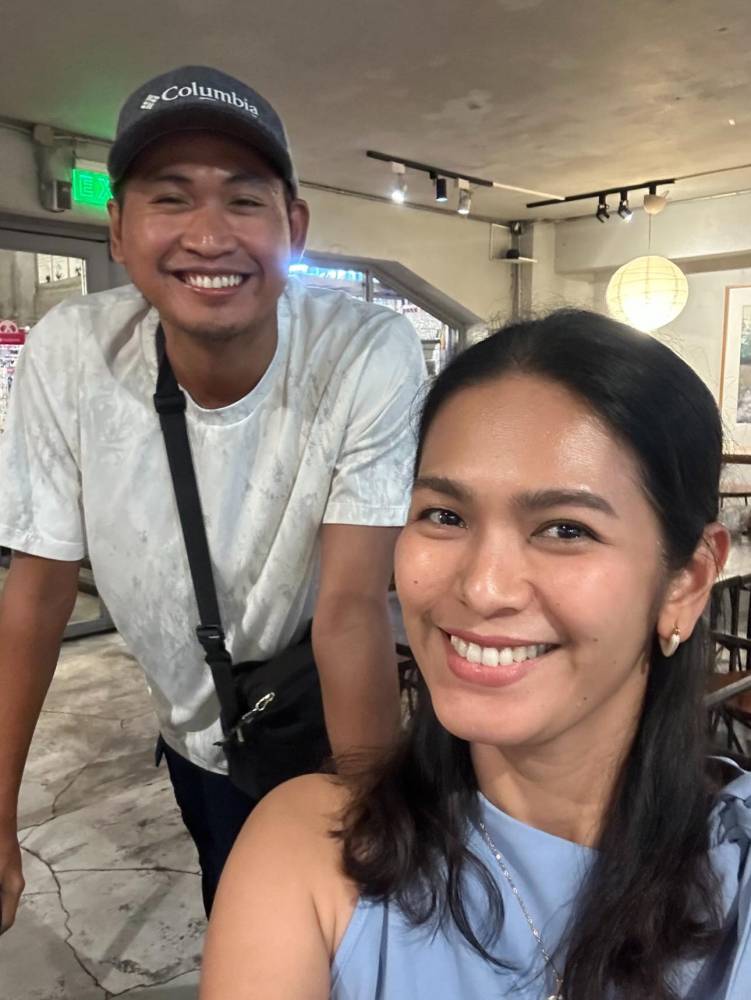
He had this way of making things light. He liked to call me “Madam Jayce,” which always made me laugh. Just recently, we bumped into each other at a coffee shop in Binondo. He pulled up a chair and we started to reminisce on our days of shooting celebrity homes for the paper—back when the layout team actually had enough pages to show off all our hard work. Those trips were tiring, but we had so much fun.
There won’t be any more trips like that now. No more symposiums, no more unexpected coffee shop catch-ups. The newsroom just got a little quieter, and the world lost a lensman who saw stories in every corner and kindness in every face.
Rest easy, Chardy. Take awesome photos from above.
Marinel Cruz
—————
Kuya Chard was my idol
Kuya Chard, as my mom asked me to call the late Richard Reyes, was an idol.
Unlike the others writing for this tribute, Kuya Chard was neither friend nor family to me. Instead, he was, and continues to be, an idol. A photojournalist myself, I have looked up to Kuya Chard for as long as I remember. Unbeknownst to my mother, who worked very closely with him, I would spend a lot of my downtime scrolling through his Facebook account, admiring some of his work.
As a kid, it was my hobby to grab random PDI issues from convenience stores and browse through the pages. From time to time, I would point out a photo and tell myself, “That’s a cool shot.” Years later, while browsing through Kuya Chard’s archives for a school project, I would come to realize that a lot of those shots I used to point out were his.
I’ve only had a few one-on-one interactions with Kuya Chard, but they were always memorable. Kuya Chard was the first person to teach me how to prevent an SD card from getting corrupted, even helping me recover my first set of corrupted photos from an important coverage I documented.
Kuya Chard took photos that other photojournalists could only dream of capturing, encapsulating within the four walls of the frame emotions that would have otherwise been left in the moment.
I hope to be remembered for my photos as Kuya Chard was for his.
Gavin Phillip Navarro
—————
Richard was a mood-maker
Richard was dancing the first time I met him.
It was our company Christmas party, and he brought so much happy energy to the event. At first, I thought he was drunk. I was right. But there was so much joy in his body that went beyond what alcohol could bring out. His whole being vibrated with joy that invited you to watch him bust a move onstage.
He was a good dancer. I remember just standing on the floor, fascinated as he did his moonwalk. I remember asking my officemates, “Who is he, and why is he so happy?”
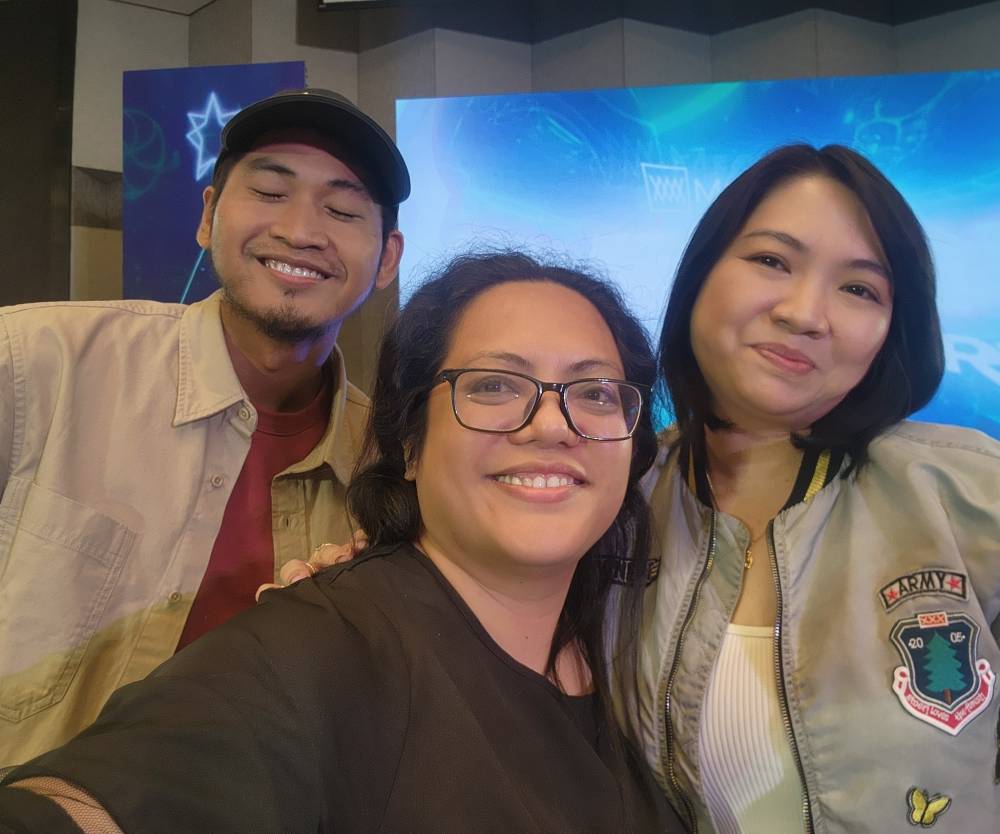
Chardy was a mood-maker. We didn’t work on a lot of assignments together, but I always felt relieved whenever he was assigned to me as a photographer. First, because I could trust him with the work, and second, because I know I’ll have someone I could talk to.
He loved K-pop, too. He remembered all the assignments where he got to shoot the Korean stars he admired. He loved dancing to music as much as he loved capturing moments.
He was also dancing the last time I saw him. He won an iPhone 16 Pro Max at a Christmas party raffle. He was asked to dance and he requested “APT” by Rosé and Bruno Mars.
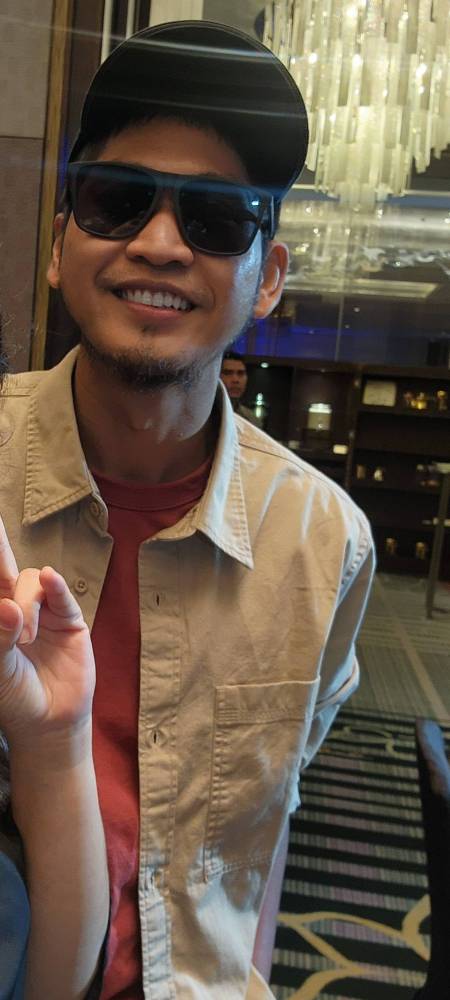
Earlier that night, we took a photo together—but not before he insisted on wearing shades indoors because he wanted to look like a K-pop idol.
We lost a good photojournalist and a great man.
Rest in peace, Richard A. Reyes.
Ruth L. Navarra
—————
Chardy’s smiling face
I will always remember Chardy’s smiling face and his laughter. When you’re with him, he always made sure to make you smile or laugh with his jokes. “Pambihira! Bawal ang sad, happy lang dapat, Ms. Grace,” he always said to me when he would see me looking serious or quiet at the photo department.
Grace Pagulayan
—————
I am honored to have had a friend like Chardy
I met Richard Reyes 14 years ago at the Philippine Daily Inquirer during a lifestyle event at BGC—he was the photographer assigned to document the event. He asked if he could hitch a ride with us back to the office after the event, and because he looked so young and innocent, we told him he could—but only if he took our photos and made us look good. He obliged.
He was so much fun to be around that he became one of our favorites in the marketing department. We used many of his photos for our printed materials, like calendars and postcards. He was also our photographer during a large gathering of K-drama fans inside the PDI building. He didn’t just take photos, he also interacted and established chemistry with them, making them laugh and smile beautifully as he clicked his camera for the group photos. This quality of Richard endeared him to many: the ability to create rapport, not just with his subjects but with everyone he encountered.
If he was still alive today, I would tease him about the many tributes people have posted about him, describing him as “talented,” “humble,” “kind,” “a good friend,” “jolly,” and “multi-awarded.” I would tell him I am honored to have a friend like him. He would be embarrassed, and then he’d let out his infectious laugh.
His laughter
It’s what I will miss most about Chardy— his laughter and radiance, which you could feel even in his chat replies or Facebook comments. When I began writing about my memories of him, I felt burdened because I could not come up with stories about the serious work he did, similar to what others had written. I only remember him requesting shirts and caps for the fishermen at Panatag Shoal. I worried so much during the pandemic because he was always outside, taking depressing photos of hospitals and people stranded on the streets. But for him, it was more important that his photos be the voice of those who couldn’t be heard.
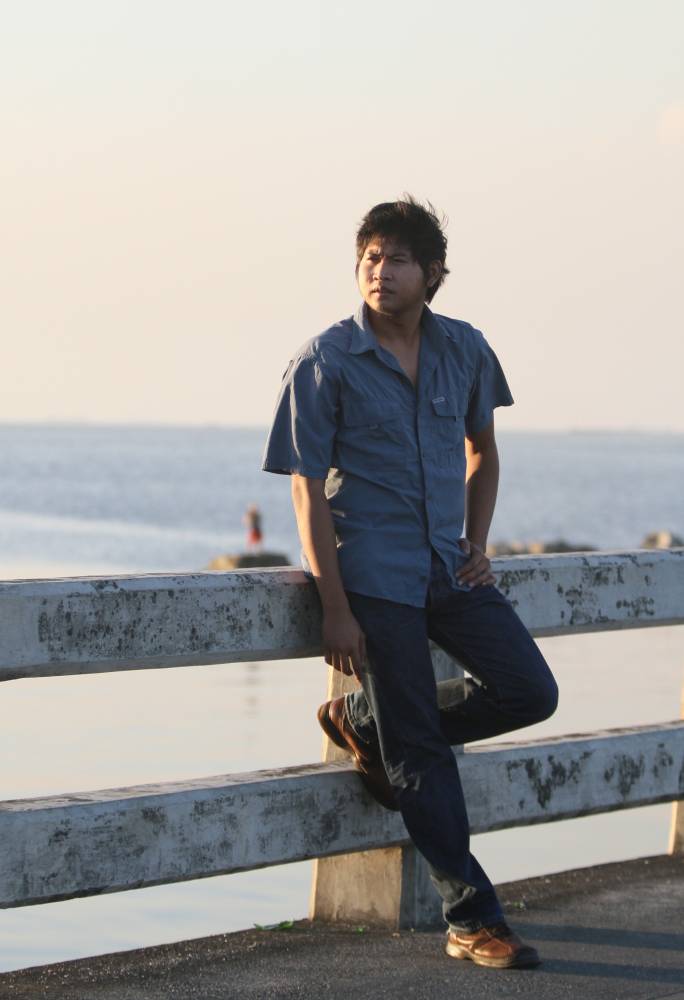
In my eyes, Richard is still the playful 21-year-old playing the guitar while singing “Eolmana, Eolmana,” a line from “That Woman,” a song from the soundtrack of the K-drama “Secret Garden.” He loved Ha Ji-won so much that he begged us to go with him to watch her film “Sector 7” in the cinema. Once inside, we counted the number of people watching, and it was less than 10, including us. He laughed so much because he succeeded in scamming us into watching it. I am also a big fan of Ha Ji-won, but I hated that film so much.
But if time travel were possible, like in a K-drama, I’d gladly watch it again—I’d even treat him to his favorite combo at Paotsin or Andok’s.
In all the years I had known him, this was the first time he made me cry. But it’s not your fault, Chardy. You are the kind of person who makes saying goodbye difficult. Although it was brief, we are grateful for your presence in our lives. As the saying goes, “It’s not the years in your life that count; it’s the life in your years.”
Eds Garcia




